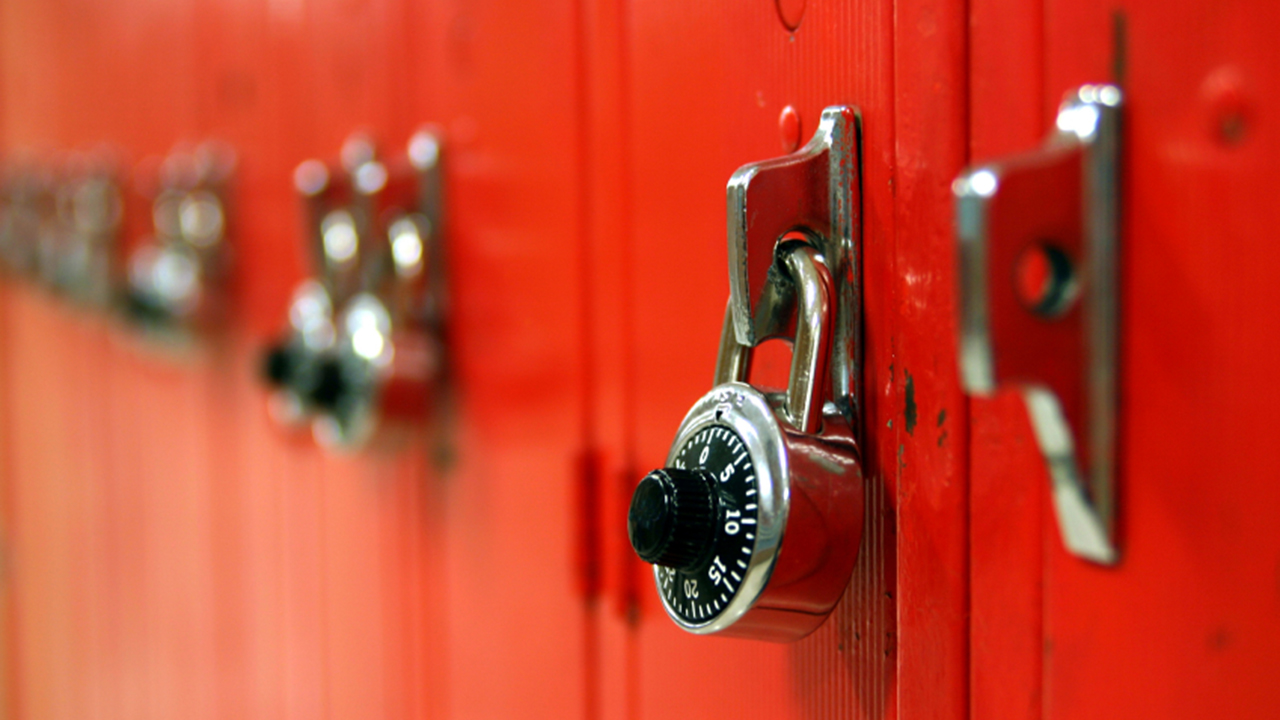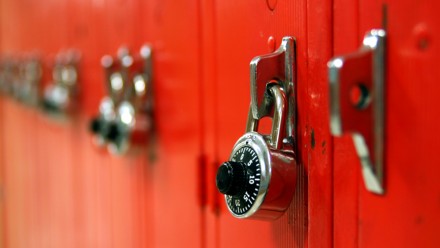Abortion rights, women of color, and LGBTQI+ people are under attack. Pledge to join us in fighting for gender justice.
Don’t Make Me Enforce School Uniforms. Just Let Me Teach.


A typical morning, when I was a middle school teacher, went something like this:
Arrive at school by 7:30 am. Run to the copier with any last-minute printing for my classes. Get back to my classroom by 7:50 when students begin arriving. Greet students. Remind them to bring necessary materials to class. Address any conflicts in the hallway while also keeping an eye on students already in the classroom. Make sure students are quiet enough to hear morning announcements. Observe student moods—does anyone seem off today? Sad? Angry? Check in with students individually. Offer encouragement. Diffuse tensions. Give warnings. Take attendance. Listen to whatever life updates, issues, and anxieties students bring to me that day. Provide informal counseling. Make note of anyone that needs extra assistance so I can follow up with them later. Find out which teacher is out that day and who needs me give up my lunch or prep period to cover their class.
Oh, and before the 8:00 am bell sends students to their first class, send an email to the front office naming which students are out of uniform.
In this email, I was required to note numerous and arbitrary uniform violations: who is missing their lanyard, whose shoes have the wrong color soles, who has a vest without the school logo on it, who doesn’t have a tie, who has the wrong brand pants, whose shirt isn’t tucked in. The list went on and on.
To my administrators’ eternal frustration, I did not send that email every day like I was supposed to. It was a miracle if I could even take attendance by 8:00 am instead of playing catch up in my lunch period (if I had one). And the problem wasn’t just time, though that was a huge factor. Writing that email made me feel uneasy. Don’t get me wrong; my problem wasn’t discipline—I was voted strictest teacher my very first year teaching. I had high standards, because holding students to high standards was one of my ways of showing them they mattered. I wasted no time in addressing disruption and disrespect in the classroom.
But this—this always felt different. I hated writing that “out of uniform” email. I internally raged about how it was a waste of time, which it absolutely was. More than that, it never felt right to listen to a student tell me about their most recent struggle, whether it was about something that had happened at home, at school, with another student—and then write their name on a list that meant they would get a detention, or a worse consequence, just for what they were or were not wearing.
Those two experiences—counseling students, and then reporting them for uniform violations—were not related except through me and my action, and the students understood that writing those emails was me “doing my job” and was not personal. Teaching is a job where you are enforcer as well as instructor and counselor. But rule enforcement only makes sense if it is related to instruction, and not for its own sake. The role of a teacher is often to enforce, yes, but should never be to police.
I knew it didn’t matter to me if a student was wearing a vest without a logo, or no vest at all—it had no bearing on their mastery of Social Studies. It didn’t matter to me if a student wasn’t wearing a lanyard—it was one less thing for them to lose in a classroom or swing around to hit each other with (purposely or accidentally).
Learning can and does happen whether or not students are wearing uniform shoes with black soles. We know this, because we don’t close down schools on dress down days. We had dress down days at my school, and behold—students still went to their classes, did their work, and learned. Any distraction was because of the novelty of the experience—a day treated differently than normal—and was never caused by the clothes themselves.
When I learned more about the harms of uniforms and dress codes, on all students but especially on Black girls, I was able to identify the root of that uneasy feeling I always had: the uniforms were not only unnecessary, they could be actively harmful.
As a teacher, it should never be my job to police bodies, especially girls’ bodies. That unnecessary and harmful policing should never take time and energy away from all that teachers need to do to promote our students’ safety and learning. I couldn’t do my job effectively and with integrity if I was policing something that had no bearing on that safety and learning, and actively hindered those goals. I didn’t need or want to enforce uniforms and dress codes. I had enough to do.
As a former teacher, my ultimate message to school boards, school administrators, and policymakers is this: forget the uniforms and dress codes. Just let us teach.





